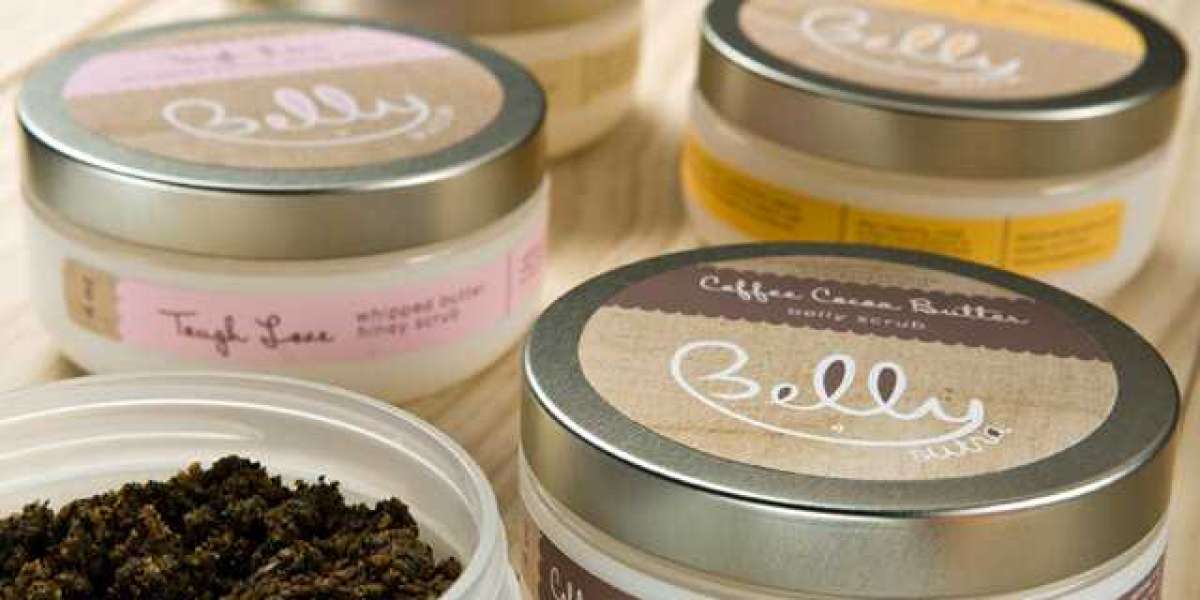When it comes to skincare products, body butters have gained immense popularity due to their nourishing and hydrating properties. However, with countless options available on the market, deciphering body butter labels can be overwhelming. Understanding the key components and claims mentioned on these labels is crucial to make informed choices for your skin. In this article, we will explore the essential aspects of body butter labels and empower you to select the perfect product for your skincare routine.
Ingredients:
The Building Blocks of Body Butters One of the most important sections of a body butter label is the ingredients list. Look for natural and organic ingredients like shea butter, cocoa butter, coconut oil, or almond oil, as these offer intense hydration and are beneficial for all skin types. Avoid products containing synthetic fragrances, parabens, sulfates, and other harmful chemicals that may cause skin irritation or allergies.
Texture and Consistency:
Understanding Formulations Body butters come in various textures and consistencies, ranging from light and whipped to thick and creamy. The label should indicate the specific formulation, helping you choose a texture that suits your preferences and skin type. Whipped body butters are ideal for quick absorption and a non-greasy feel, while thicker options provide longer-lasting hydration for dry or rough skin.
Specialized Formulas for Specific Skin
Concerns Many body butter labels highlight specific skin concerns they address. Whether you have dry skin, sensitive skin, or are looking for anti-aging benefits, there are body butters tailored to meet your needs. Look for labels indicating features like "extra nourishing," "soothing," or "firming" to find the perfect match for your skin concerns.
Certification and Cruelty-Free Labels
Labels such as "organic," "vegan," or "cruelty-free" play a significant role in making ethical and sustainable choices. Organic certification ensures that the ingredients are sourced from organic farming practices, while cruelty-free labels indicate that the product was not tested on animals. Paying attention to these labels allows you to support brands that align with your values.
Expiry Date and Storage Instructions
To maintain the effectiveness and safety of your body butter, check for the expiry date mentioned on the label. Body butters typically have a shelf life of 12-24 months. Additionally, some labels provide storage instructions, advising whether to store the product in a cool, dry place or to avoid exposure to direct sunlight. Following these guidelines will help prolong the shelf life and quality of your body butter.
Conclusion:
Navigating butter labels is essential to ensure you select a product that suits your skin's needs and aligns with your preferences. By understanding the key elements discussed in this article—ingredients, texture, specialized formulas, certifications, and storage instructions—you can make informed decisions when purchasing body butters. Remember, investing time in deciphering labels will lead to healthier, more nourished skin, and a rewarding skincare experience.





